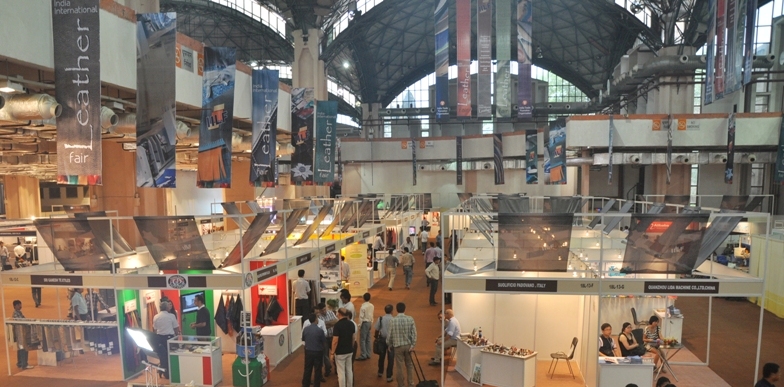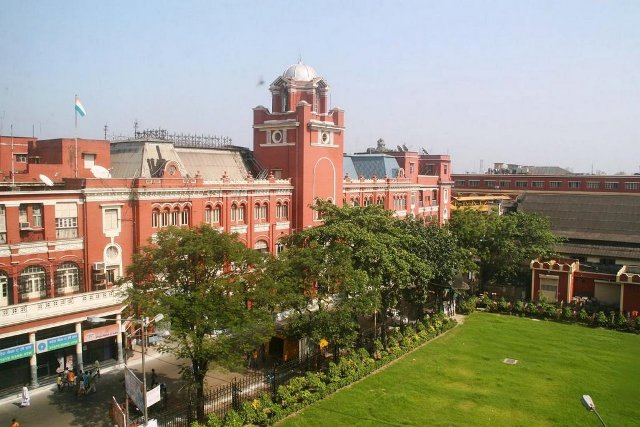International shoe brands Clarks, Hush Puppies and Caterpillar will soon be manufactured in Bengal with Farida Group from Chennai, the country’s largest footwear company, setting up a unit at Gosaipur in South Dinajpur, which will churn out 3,000 pairs of branded shoes a day.
Major boost to leather industry
Announcing the entry of three leather majors into Bengal, State Finance Minister Amit Mitra pitched it as a major boost to the leather industry here.
Dr Mitra also assured industry members present at the meeting with him that he would look into the issue of VAT refund on exported leather.
Employment generation
Leather Training Institute, run by Indian Leather Products Association (ILPA) and the state technical education department, are also set to sign a memorandum of understanding to train 5,000 people over the next year and a half. Till now, LTI had trained only 300 people. Following the training, the men will be absorbed in leather units.
Investments pouring in
Farida Group chairman Rafeeque Ahmed said that the unit would begin commercial production by the end of the year. When the unit begins full-fledged operation, it will have a 3,000-strong, all-women workforce.
Two other shoe majors—UP-based Super House and Allana Sons from Mumbai—are also in the process of finalizing investment in the state.


